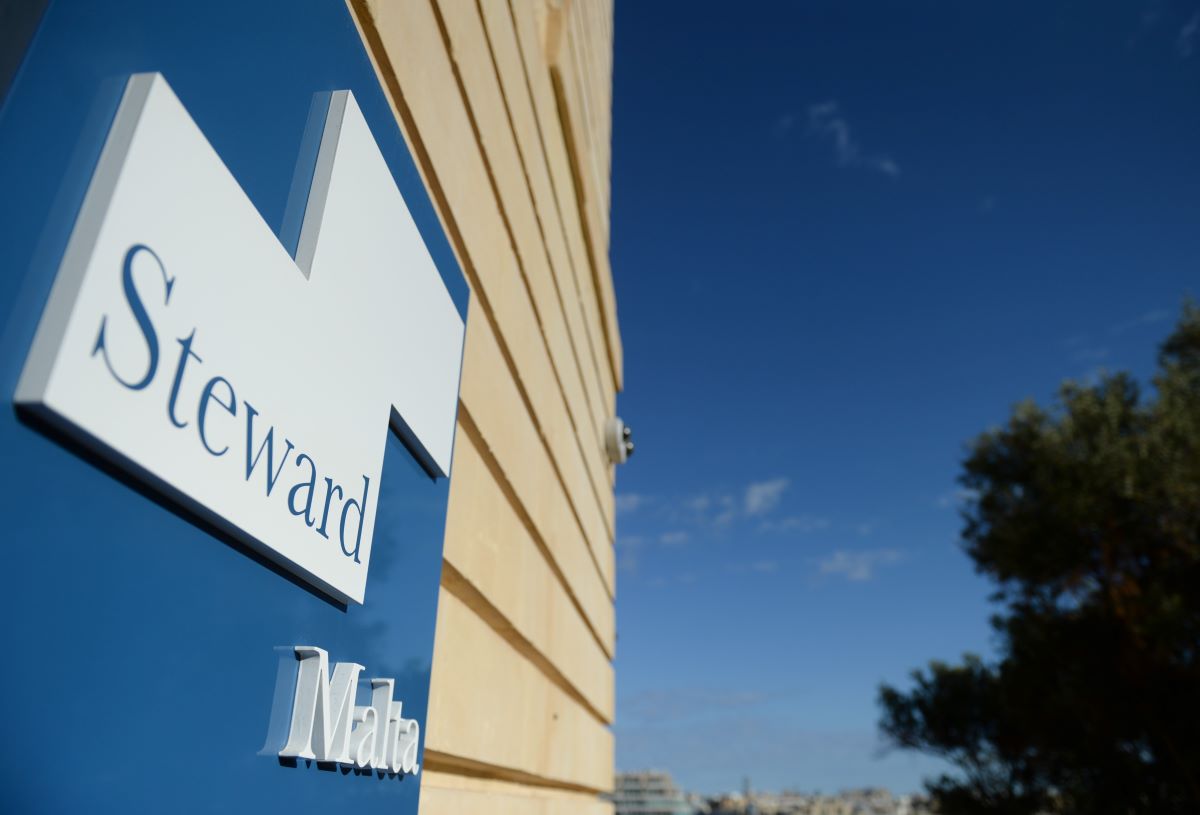Malta’s telecommunications landscape demonstrated robust growth in 2024, with mobile telephony and fixed broadband leading the way, according to a new report by the Malta Communications Authority (MCA). Key advancements in network infrastructure, particularly Fibre-to-the-Home (FTTH) technology, have fuelled demand for high-speed connectivity among both consumers and businesses.
Fixed broadband expands through fibre technology
Fixed broadband subscriptions grew by 2.1 per cent year-on-year, reaching 240,319 by September 2024. The adoption of FTTH technology soared, marking a 40.4 per cent increase to 98,134 subscriptions. This shift was primarily driven by the migration of legacy copper users to fibre networks, which saw copper DSL subscriptions plunge by 61.6 per cent.
The move toward gigabit connectivity also gained traction, with subscriptions in this category increasing by 31.3 per cent compared to the previous year. While the majority of broadband users opted for speeds below 1 Gbps, FTTH is gradually reshaping the market, reflecting operators’ commitment to improving network capabilities.
Mobile telephony remains a cornerstone
Mobile telephony subscriptions grew by 2.6 per cent, reaching 770,185 by the end of the third quarter. Post-paid plans continued to dominate, reflecting their appeal for high data allowances and flexibility. Domestic mobile data consumption surged by 26.6 per cent, rising from 84,075 million megabytes in 2023 to 106,403 million megabytes in 2024.
However, the average revenue per user (ARPU) experienced a slight decline, falling from €116.32 to €116.18. This trend highlights the increasing affordability of post-paid plans, which are reshaping consumer behaviour.
Pay-TV adapts to digital trends
The Pay-TV sector also witnessed growth, with subscriptions increasing by 2.7 per cent to 194,149. IPTV emerged as the dominant service, recording a 10.4 per cent rise in subscriptions. This shift underscores the growing demand for on-demand content, interactive features, and multiscreen viewing experiences.
Challenges for fixed telephony
In contrast, fixed telephony continues to face declining relevance, with subscriptions dropping by 1.1 per cent to 256,294. Residential usage saw a 1.7 per cent decline, although the business category grew by 63 per cent, reflecting its specialised utility in corporate settings. Fixed telephony ARPU fell slightly to €72.96, underlining its limited revenue contribution.
Postal sector faces decline
Malta’s postal industry grappled with a three per cent drop in total mail volumes, with universal service mail items declining across all categories. Notably, lighter mail items weighing up to 2kg bucked the trend, recording a 36.3 per cent increase, largely driven by inbound cross-border deliveries.
Future prospects
As Malta’s telecommunications sector evolves, investments in FTTH and mobile network infrastructure are set to drive continued growth. Meanwhile, the shift towards digital solutions in the Pay-TV and postal sectors reflects a broader trend of adapting to changing consumer preferences.
The MCA report provides a snapshot of a dynamic industry balancing technological innovation with consumer demands, setting the stage for a more connected Malta.
Card payments now drive Malta’s consumer economy as supermarket usage hits 60%
In 2024, card payments accounted for 60% of all supermarket sales, making them the dominant payment method in the industry
Could a 50-year mortgage work in Malta? Experts weigh in on feasibility and risks
Donald Trump’s recent proposal for a 50-year mortgage has stirred controversy, but could this work in Malta?
‘If the Maltese had a connection to their land, it would change absolutely everything’ – Malcolm Borg
'“Generation renewal is one of the biggest problems — not just in the EU, but in the world'






